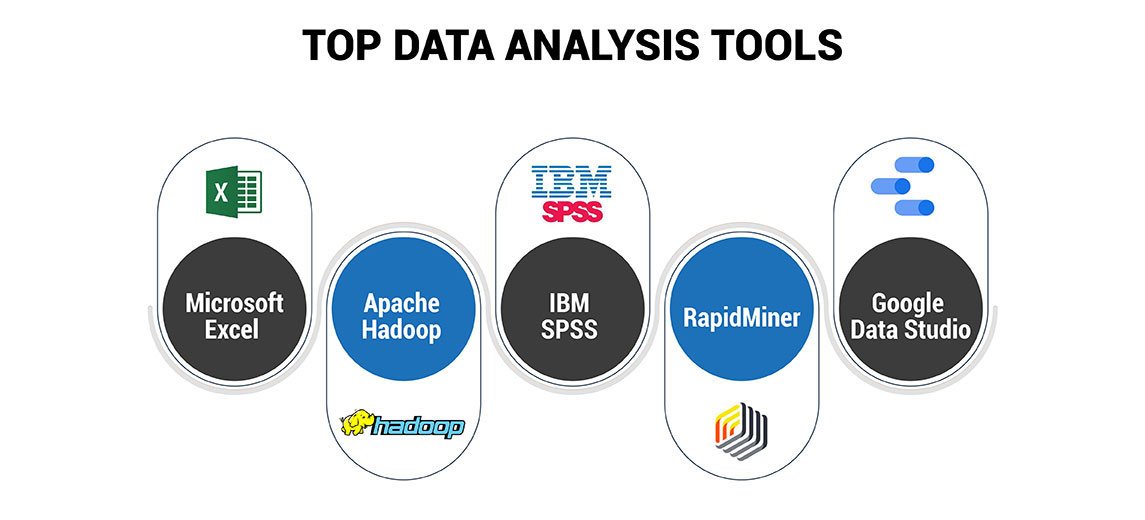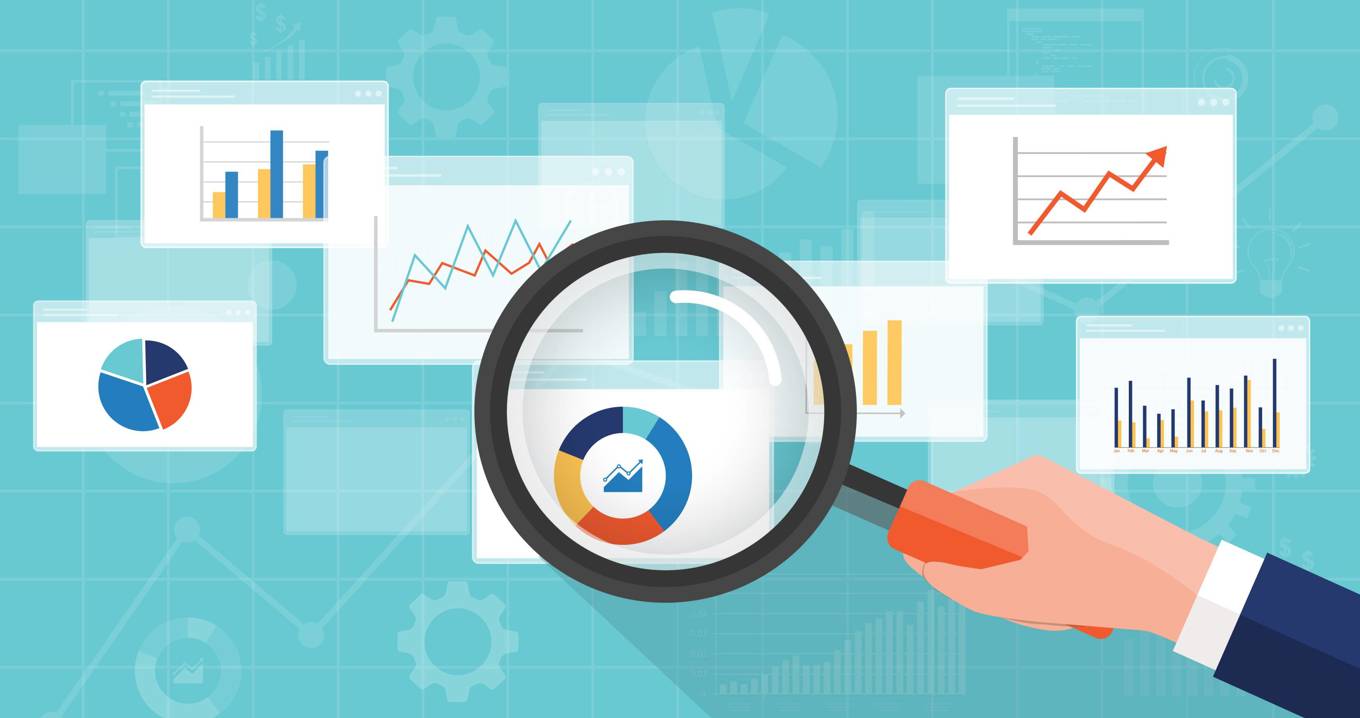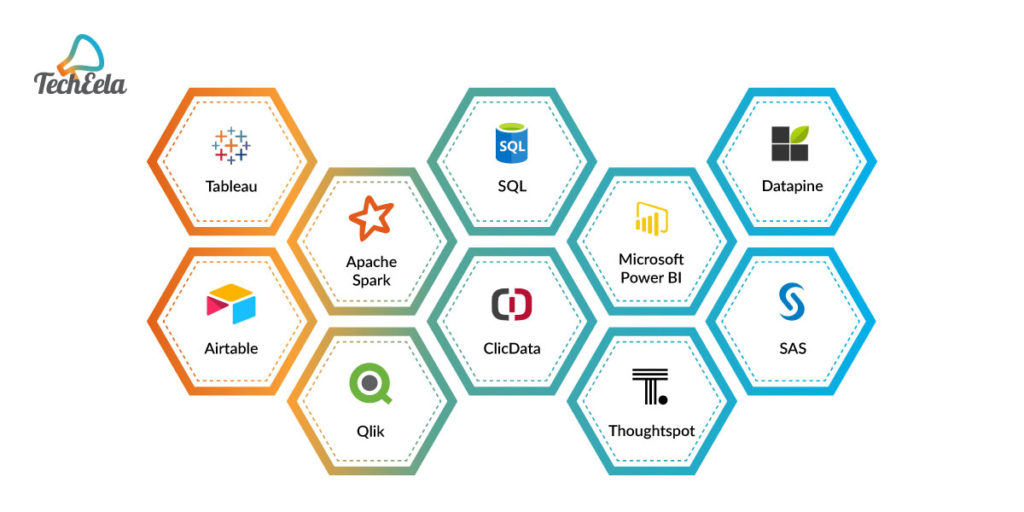How to Make Smarter Choices Using Proven Analytics Methods
Increase Performance and Success Through Data Analytics
In today's data-driven landscape, organizations are increasingly recognizing the pivotal function of data analytics in improving functional effectiveness and productivity. By systematically assessing data, companies can uncover important understandings that inform critical choices, improve procedures, and tailor client experiences.
Recognizing Data Analytics
In today's data-driven landscape, comprehending information analytics is important for organizations intending to enhance operational effectiveness and drive productivity. Data analytics involves the methodical computational evaluation of information collections to uncover patterns, correlations, and insights that notify decision-making. By using various techniques, such as statistical analysis, maker understanding, and anticipating modeling, companies can change raw data into actionable intelligence.
The process generally begins with data collection, where appropriate information is gathered from several sources, including transactional databases, consumer communications, and market fads. This information is after that cleansed and arranged to ensure precision and uniformity. When the data is prepared, analytical tools and software are utilized to imagine the information and explore, allowing stakeholders to identify abnormalities and fads.
Inevitably, recognizing information analytics equips organizations to make educated decisions based on empirical evidence as opposed to intuition. It assists in targeted methods that can maximize resource allocation, boost consumer contentment, and boost general performance. As organizations significantly identify the value of data-driven insights, a strong grasp of data analytics ends up being an important competency for leaders and groups alike, positioning them for sustained success in an affordable environment.

Trick Benefits for Companies
Organizations that utilize data analytics can unlock a multitude of benefits that considerably improve their procedures and profitability. One of the key benefits is enhanced decision-making. Information analytics offers workable insights originated from real-time data, enabling services to make enlightened choices that align with market needs and customer preferences.

In addition, data analytics fosters boosted client experiences. By recognizing customer actions and preferences, businesses can tailor their offerings, leading to enhanced complete satisfaction and loyalty. This personalized strategy commonly leads to higher conversion rates and repeat organization.
Furthermore, information analytics allows services to determine arising possibilities and fads. By remaining in advance of the contour, companies can profit from brand-new markets and advancements before their competitors.
Carrying Out Data-Driven Strategies
Effective application of data-driven techniques requires a thorough understanding of both offered data and organizational goals sources. Organizations needs to first specify their purposes clearly, making sure alignment in between information campaigns and tactical objectives. This clarity makes it possible for teams to concentrate on relevant metrics and insights that drive decision-making.
High-grade data is necessary for accurate evaluation, as poor data can lead to illinformed strategies and squandered sources - Analytics. Organizations should establish processes for data collection, cleaning, and administration to preserve information stability.
In addition, fostering a data-driven culture is essential. Staff members in all levels must be motivated to leverage information in their daily operations. Training programs and workshops can improve information literacy, encouraging staff to make enlightened choices based upon logical insights.
Devices and Technologies Introduction
A durable suite of tools and innovations is vital for companies intending to harness the complete capacity of data analytics. These tools facilitate the collection, handling, and visualization of data, making it possible for companies to obtain workable understandings.
At the foundational level, data administration platforms such as SQL databases and NoSQL systems give reliable data storage and access abilities. For information handling and analysis, programs languages like Python and R, in addition to frameworks such as Apache Spark, allow complex estimations and device understanding applications.
Visualization tools, consisting of Tableau and Power BI, change raw information right into user-friendly graphical formats, making insights available to stakeholders in all degrees. In addition, cloud-based systems like Google Cloud and AWS supply scalable storage space and handling remedies, accommodating the growing volumes of data organizations come across.
For advanced analytics, anticipating modeling and AI-driven remedies are increasingly taken on, permitting companies to anticipate patterns and enhance decision-making processes. Incorporating these devices into existing process is critical; companies that successfully take advantage of this modern technology can substantially improve operational performance and drive profitability. Therefore, spending in the right devices and modern technologies is a critical important for any kind of data-driven organization.
Study of Success
Leveraging information analytics has actually led many organizations to accomplish impressive renovations in effectiveness and productivity. One remarkable situation is a large retail chain that implemented predictive analytics to maximize supply monitoring. By examining historical sales information and client fads, the firm reduced excess inventory by 30%, bring about substantial expense financial savings and boosted cash money flow.
One more instance can be discovered in the manufacturing industry, where a leading vehicle supplier utilized data analytics to enhance its manufacturing procedures. By monitoring device efficiency in real-time, the organization determined inefficiencies and bottlenecks, causing a 20% boost browse around these guys in overall devices performance (OEE) This not just enhanced manufacturing rates yet also minimized downtime and maintenance costs.

These instance researches show how data analytics can drive strategic decision-making, optimize procedures, and eventually enhance both performance and success across different markets.
Final Thought
Finally, the assimilation of information analytics into company operations provides significant chances for improving efficiency and success. By methodically assessing information, companies can identify inadequacies, enhance client experiences, and make educated choices. The adoption of anticipating modeling and real-time tracking even more makes it possible for services to remain ahead of read review arising trends and allot resources successfully. Ultimately, the strategic implementation of data-driven methods fosters sustained affordable advantages and drives considerable renovations in operational efficiency and monetary end results.
In today's data-driven landscape, comprehending data analytics is necessary for organizations aiming to enhance functional effectiveness and drive success. Data analytics involves the organized computational evaluation of data collections to discover patterns, connections, and insights that educate decision-making. Information analytics offers actionable understandings obtained from real-time data, permitting services to make informed selections more info here that line up with market demands and customer preferences.
Top quality information is crucial for precise analysis, as inadequate data can lead to misguided strategies and wasted sources. Organizations should establish procedures for information collection, cleaning, and management to keep data honesty.